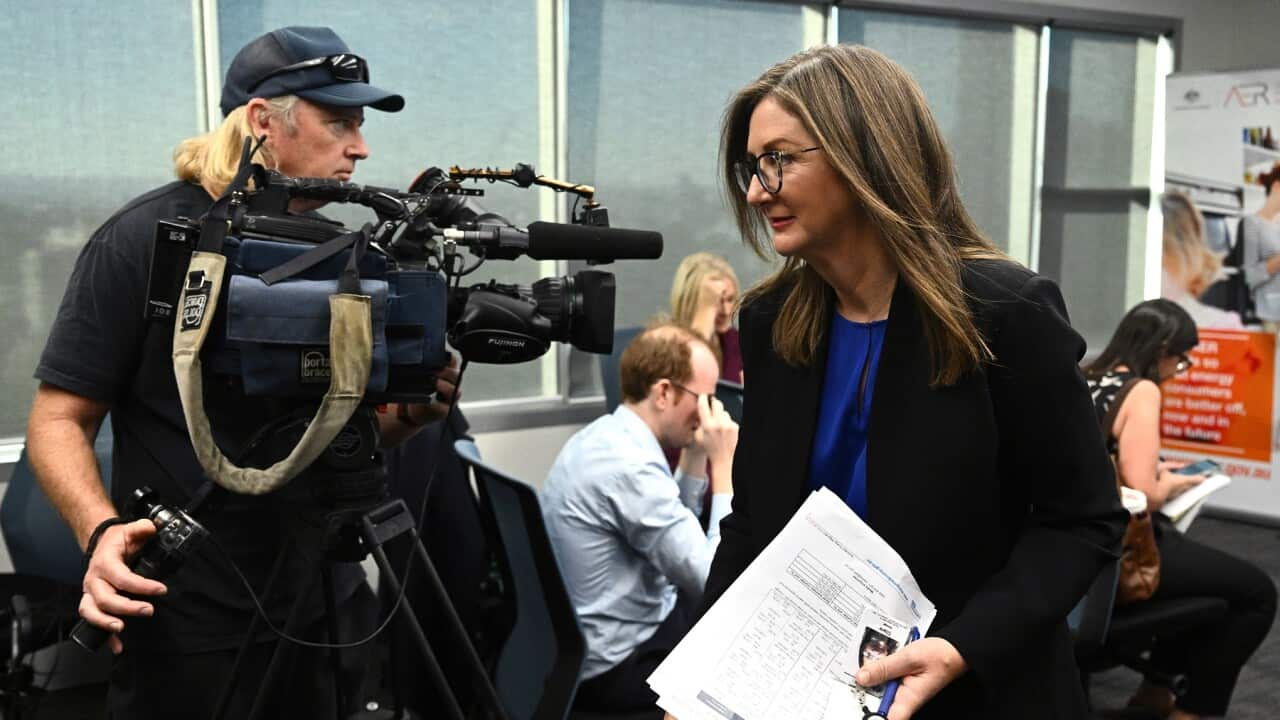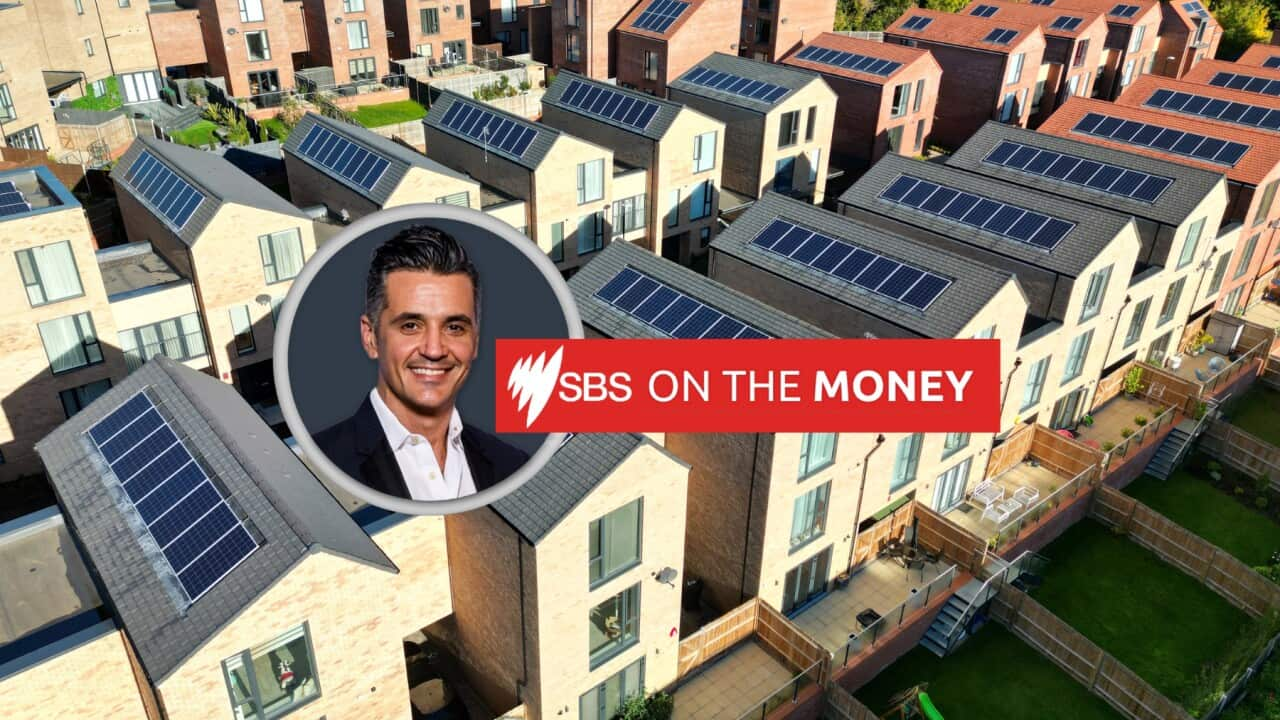TRANSCRIPT
A welcome sigh of relief for a number of Australian wallets and bank accounts.
The Australian Energy Regulator's announcement on its draft for default market offers comes at a time when cost of living pressures are at their peak.
The A-E-R's Chair Clare Savage made the announcement on Tuesday [[March 19]].
“What we have determined today is that, what our current estimates say is that we're expecting most customers, the majority of customers on standing offer contracts to experience price reductions. They might be quite small all the way up to seven per cent for households or 9.7 per cent for business customers. There are some customers who might have small increases. Those increases, for many of them, will be less than one per cent and for some Queensland residential customers could be two-and-a-half per cent or just over that 2.7 per cent."
Ms Savage provides more insight on the meaning behind the default market offer.
"So the default market offer is the standing offer price. It's for customers who might be on standard retail plans in south-east Queensland, South Australia or New South Wales. There are ten per cent of, or maybe less than that, maybe nine per cent of residential customers on standing offer tariffs. There's probably 18-20 per cent of small business customers on standing offer tariffs. But the default market offer is also a reference price, so it's the price against which retailers have to advertise their plans and offers and discounts. So from that perspective it tends to have a fairly significant impact in the market."
This announcement is only a draft, set to be decided in May after a consultation period, and will be applied on energy bills from July.
It still brings necessary relief for many Australians, following a two-year period of electricity price hikes of up to 40 per cent, adding to cost-of-living woes.
This potential decrease in prices was the result of a number of factors, such as the drop in generating power, Ms Savage said.
Energy Minister Chris Bowen has welcomed the announcement but says there's still much work to be done.
"The release of the default market offer draft today by the Australian Energy Regulator shows that after the world's biggest energy crisis in 50 years energy prices are stabilising and there's a downward trend. Now there's a long, long way to go. But this is encouraging news. Encouraging for those small businesses and families who will receive lower energy bills as a result. But nobody should suggest that there aren't real cost of living pressures around the world and in Australia, and energy prices are, of course, part of that and will continue to be."
This downturn will bring relief to the federal government as well, which has been under pressure to deliver on its pre-election promises.
According to Labor's Powering Australia plan, delivered before the 2022 Federal Elections, electricity bills across the country are set to go down by $275 a year by 2025.
Minister Bowen says it's too early to predict if the government will be able to hit that target.
"I'm not going to pre-empt next year's default market offer but, nevertheless, as I said, I regard this as encouraging but much, much more to do. I mean, the race isn't run. Nor would anybody, I think, sensibly suggest that it is. We have more work to do. We have more work to do in getting renewables into the system.”
However there are those that say that the most contributing factor in the recent spikes in electricity prices has yet to be addressed.
Stephanie Bashir is the CEO of NEXA Advisory, a clean energy advisory firm.
She says the government needs to address the issue of network costs.
"The largest component of the electricity bill which makes up the 40 per cent is the network cost. And that is not falling. And that's due to a number of reasons. Obviously the augmentation of the network and the investments that network has to do, but it does require scrutiny and we do require response in the electricity distribution network space to make sure that these costs are reducing and consumers benefit overall."
While the government has begun its plan to transition to cleaner energy sources, some suggest it could still be some time before it is fully implemented.
Tim Buckley is the Director of Public Interest Think-tank Climate Energy Finance.
He says there are still more actions that can be taken in the meantime to lower energy prices even further.
"In the near term, what I'm calling on the state and federal governments to do is accelerate a coordinated supply response through the form of distributed energy resources.”
Mr Buckley suggests certain methods that could bring electricity bills down, while also helping Australia move towards that necessary net zero target.
"Induction cookers and water heating and those sort of aspects could really drive the cost of living pressures down and permanently alleviate those issues by accelerating deployment and that means we get off the high-priced, expensive use of methane gas, which Australia's been addicted to for the last 30, 40, 50 years. We've got to have a concerted government campaign to help consumers get through this cost of living crisis."
However, people can take action themselves in order to lower their electricity prices.
NEXA Advisory's Stephanie Bashir suggests going through the market to see who offers the better deal.
"I guess the most immediate thing that people should do now is shop around. And you will find that there is between 18 to 23 per cent, in terms of the offers, discount, in comparison to the DMO's price that's currently going to be available from the first of July.”













